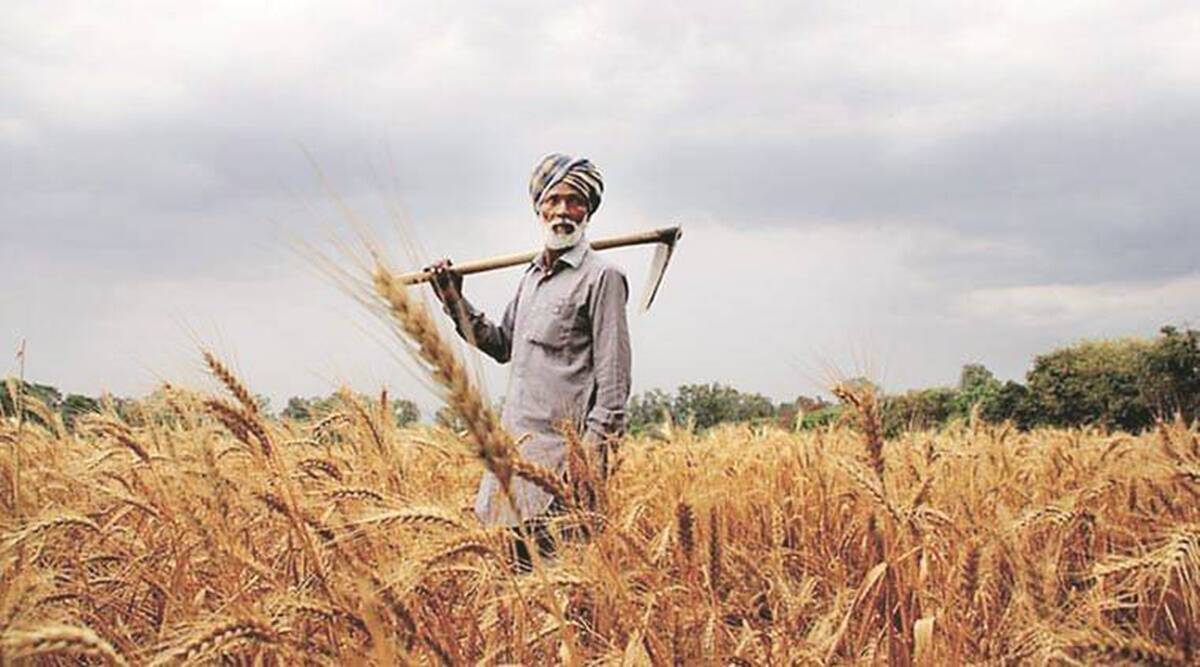Bad Bank
Figure 2: No Copyright Infringement Intended
Context:
- leading banks have made a pitch for setting up an Asset Reconstruction Company specifically to deal with collections and recovery of farm loans.
Need of the Asset Reconstruction Company:
- At present, there is not a unified mechanism to tackle Non-Performing Assets (NPAs) in the farm sector
- There is not a single law that deals with enforcement of mortgages created on agricultural land.
- Agriculture being a state subject, the recovery laws — wherever agricultural land is offered as collateral – varies from state to state.
- Agriculture market is scattered in India, different banks have to make efforts to capture and connect to these markets.
- Enforcement of provisions on mortgaged farm land is generally done through the Revenue Recovery Act of states, Recovery of Debt and Bankruptcy Act, 1993, among other state-specific regulations. These are often time consuming and in some states revenue recovery laws covering bank loans have not been enacted.
Agricultural Debt:
- As per data from the ‘Situation Assessment of Agricultural Households and Land Holdings of Households in Rural India, 2019, even as the percentage of agricultural households indebted has come down from 52% in 2013 to 50.2% in 2019, the average debt has jumped by more than 57% from Rs 47,000 in 2013 Rs 74,121 in 2019.
- The survey data shows that 69.6 % of the outstanding loans by agricultural households were taken from institutional sources such as banks, cooperative societies, and other government agencies.
- The survey is conducted by the National Statistical Office’s (NSO).
About Bad Bank:
- It’s an entity where all the bad loans from all the banks can be parked — thus, relieving the commercial banks of their “stressed assets” and allowing them to focus on resuming normal banking operations, especially lending.
- While commercial banks resume lending, the so-called bad bank, or a bank of bad loans, would try to sell these “assets” in the market.
- The bad bank structure will assist in consolidation of debt, currently fragmented across various lenders, thus leading to faster, single-point decision making, including through Insolvency and Bankruptcy Code (IBC) processes
Positives :
- A bank will get rid of all its toxic assets, which were eating up its profits, in one quick move.
- When the recovery money is paid back, it will further improve the bank’s position. Meanwhile, it can start lending again.
- the decision is in keeping with the government’s commitment to reduce non-performing assets (NPAs) of public sector banks (PSBs) through the four “R” strategy -- Recognition, Resolution, Recapitalisation and Reform.
- Since the guarantee is in a form of contingent liability, it will not lead to immediate cash outflow and therefore is unlikely to impact the fiscal position in near future. It will boost the economic growth.
- It will incentivise quicker action on resolving stressed assets, thereby helping in better value realization.
- The five-year limit will encourage banks to not drag the process, adding NARCL has already been incorporated as a company.
Challenges:
- The plan of bailing out commercial banks will collapse if the bad bank is unable to sell such impaired assets in the market.
- Taxpayer Money to improve Banking: whether it is recapitalising PSBs laden with bad loans or giving guarantees for security receipts, the money is coming from the taxpayers’ pocket. While recapitalisation and such guarantees are often designated as “reforms”, they are band aids at best.
Way Forward:
- A farm focused ARC on the lines of recently set up National Asset Reconstruction Company Ltd to deal with industry NPA should be set up.
- Banks have their hands tied when it comes to recovery of loans in the agriculture sector. There is also a problem of anticipated farm loans waivers, which makes recovery difficult.
- The ARC has a very vital role to play in the current scenario and it should be strengthened to solve the massive NPA problem prevailing in the Indian banking industry.
- However, ARC cannot be the sole response. The most efficient approach would be to design solutions tailor-made for different parts of India’s bad loan problem and use ARC only as a last resort once all other methods fail.




1.png)
